Inside the Domaine des Étangs, which encompasses over 2,500 acres of protected Nature, spread across forests, grassland, and ponds, art collector Garance Primat has dedicated a space for art exhibition — La Laiterie. Her philosophy linking art, life, and nature goes beyond this exhibition space but is a thread that goes through all corners of the Domaine, from its library to restaurant, from the forest to the spa, and especially an expanding sculpture park. With its own agriculture, “Domaine des Étangs conveys a wider message of love and protection of our environment”, says Garance Primat. As she believes that “nature is the source and end of everything”, including human creation, she commissions art that is produced in a sustainable way.
Besides elaborating on this philosophy, Garance Primat brought LARRY’S LIST into her universe by sharing about how her choices of artworks correspond to the philosophy, such as “Ring of White Marble”by Richard Long; why she is particularly attracted to Aboriginal art; their upcoming programmes this year, including a solo show of Yves Klein, and installing sculptures by Lee Ufan, Wang Keping, and Tomás Saraceno; as well as our need to pause and rethink our relationship with the planet, and reevaluate what is truly essential in life.
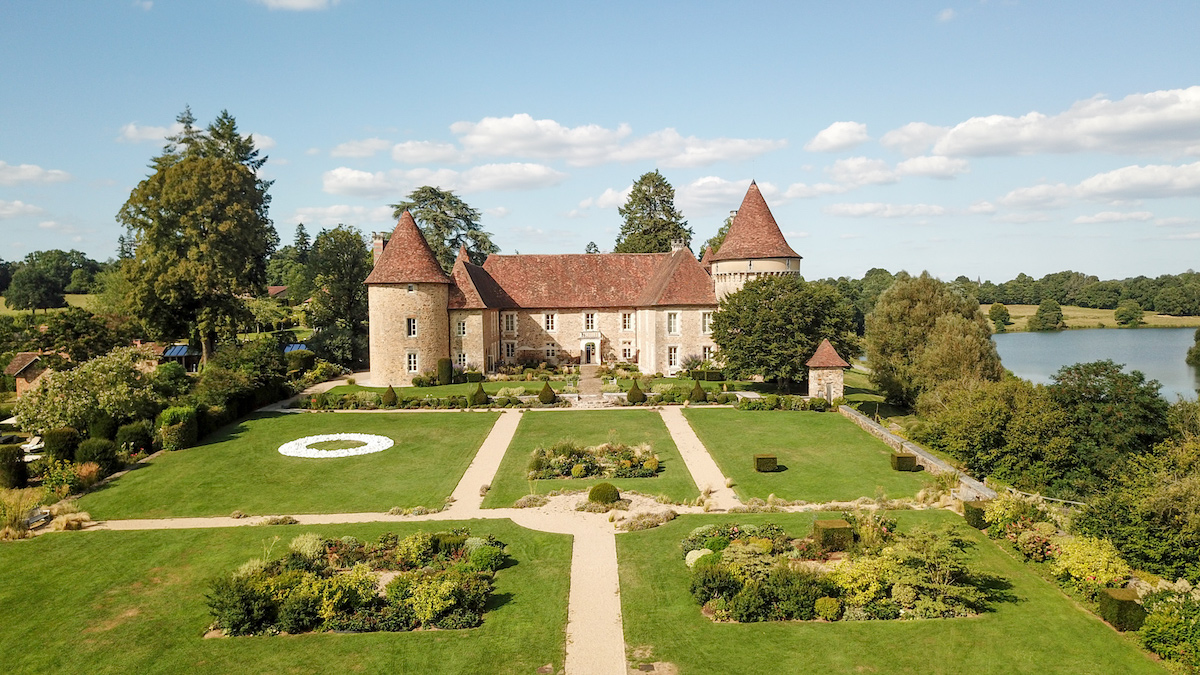
Background
What is your motivation behind setting up spaces for art at the Domaine? Why is it important for you to share your collection with a wider public?
Art is one of the main components of the Domaine des Étangs, a place beyond the measure of time, where visitors can reforge their ties to Nature. As the Dragonfly Collection captures the profound bond between art, nature and science, curating the artworks in this remarkable space was a very genuine decision.
Art has always been present in the Domaine des Étangs and is omnipresent: artworks, architecture, woodlands, gardens, craftsmanship, stars, bird flight, and flowers co-exist in the creation that preceded all creations—nature. We see this inspirational setting as an open-air museum.
In 2018, we decided to transform the old dairy into a space dedicated to the encounter between art and nature— La Laiterie. It allows us to convey to a wider public the message of the collection—how to live in harmony with nature. Art is a universal language, and I hope it will continue to inspire others long beyond their visit. Thanks to the cultural mediation, the public can discover the collection through guided tours, events and workshops which are accessible for everyone.
What are the challenges and advantages in making use of the 13th century Domain architecture?
This family domain was very close to my heart, and I wanted to share it with others. The challenge was to awake the site gently and open its doors in the most respectful way possible. It was essential to restore the estate to its former glory, to protect its rich history, building, and nature. Transmission is the key to everything, and we want to share and protect the local knowledge and crafts. It was very important to me to be able to find the right balance between creating something new while respecting the past. A place to ground oneself, the Domaine des Étangs is anchored in a very culturally abundant land and history.
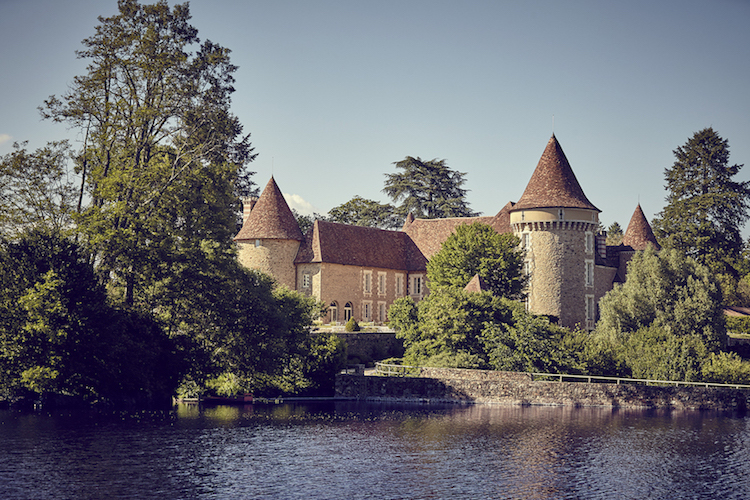
What is the philosophy behind the Domaine as “a place of life”? What is/are the mission(s) of the museum/foundation?
The Domaine des Étangs is more than a 5-star hotel; it is simply “un lieu de vie” (a place of life). It is a place to stop, breathe and reconnect to what is essential—nature, our own profound nature. We invite you to celebrate the art of life and explore beauty in all guises. The goal is to seek inspiration from and to rediscover the innate richness of the surrounding region, land, nature, and history; and to express it in all forms. Domaine des Étangs conveys a wider message of love and protection of our environment.
Art is part of this wider mission: sharing the art of life with the public,and to unite around a common message. Through emotion and matter, the artworks from the collection question how we relate to the environment, and how we take care of Mother Earth. Everyone can then interpret it with their own sensitivity and uniqueness. By appealing to our most intimate perceptions, we hope to share the message and values of the Dragonfly Collection to the wider public.
The Laiterie is the mirror of this reflection. We want to learn from the artists on display but also rethink how we envision and interact with art. With our art programs, we also have the mission to support the artists and projects close to this philosophy.
What are the ways to achieve these missions?
The Laiterie is not only the physical house of the Dragonfly Collection. We also curate an artistic platform which always draws and expands on its key themes. Along with annual rotating exhibitions, we have multiple guided visits every week to discover the exhibition and the artworks in the park. We also organise events, talks and workshop for visitors of all ages. In this desire to open the collection and share its message with the public, the artworks are very often on loan to museums; we are honoured to collaborate with other artistic and cultural institutions.
We also support artists by organising residencies and collaborating with artists directly for commissions. We want to give artists the opportunity to work in this extraordinary place and get inspired by the surrounding nature.
Another important means is to practice what we preach. We work locally as much as possible. The artworks are shipped from France or Switzerland, and we collaborate with local institutions for the loans. This applies in every steps of the exhibition process, from the printing of the catalogues to the people we work with. We operate on the same basis when we install an artwork at the Domaine. We don’t hesitate to put time and effort to replace a non-recyclable material and we make sure it is made in a sustainable way.
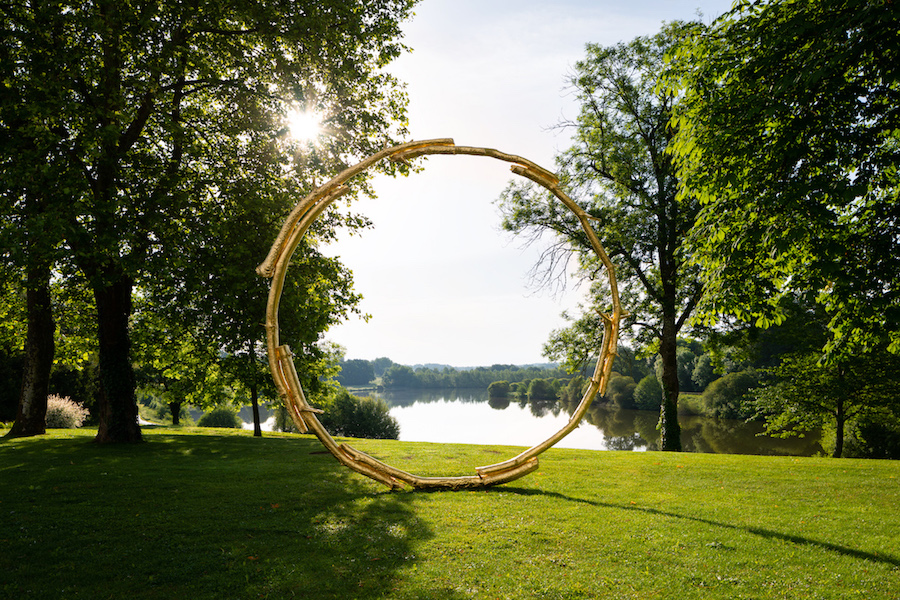
The collection
How many artworks do you own and how many of them are displayed at the domaine?
It is hard to answer this question as the Dragonfly Collection aims to push and question existing boundaries. It is composed of modern and contemporary art but also ethnic and Aboriginal art, antiques, design, scientific objects, minerals, books, and much more. Counting my collection would mean deciding if an 18th-century world globe or a book qualifies as ‘art’. I see art as a wider concept which can’t be categorised. Art is everywhere.
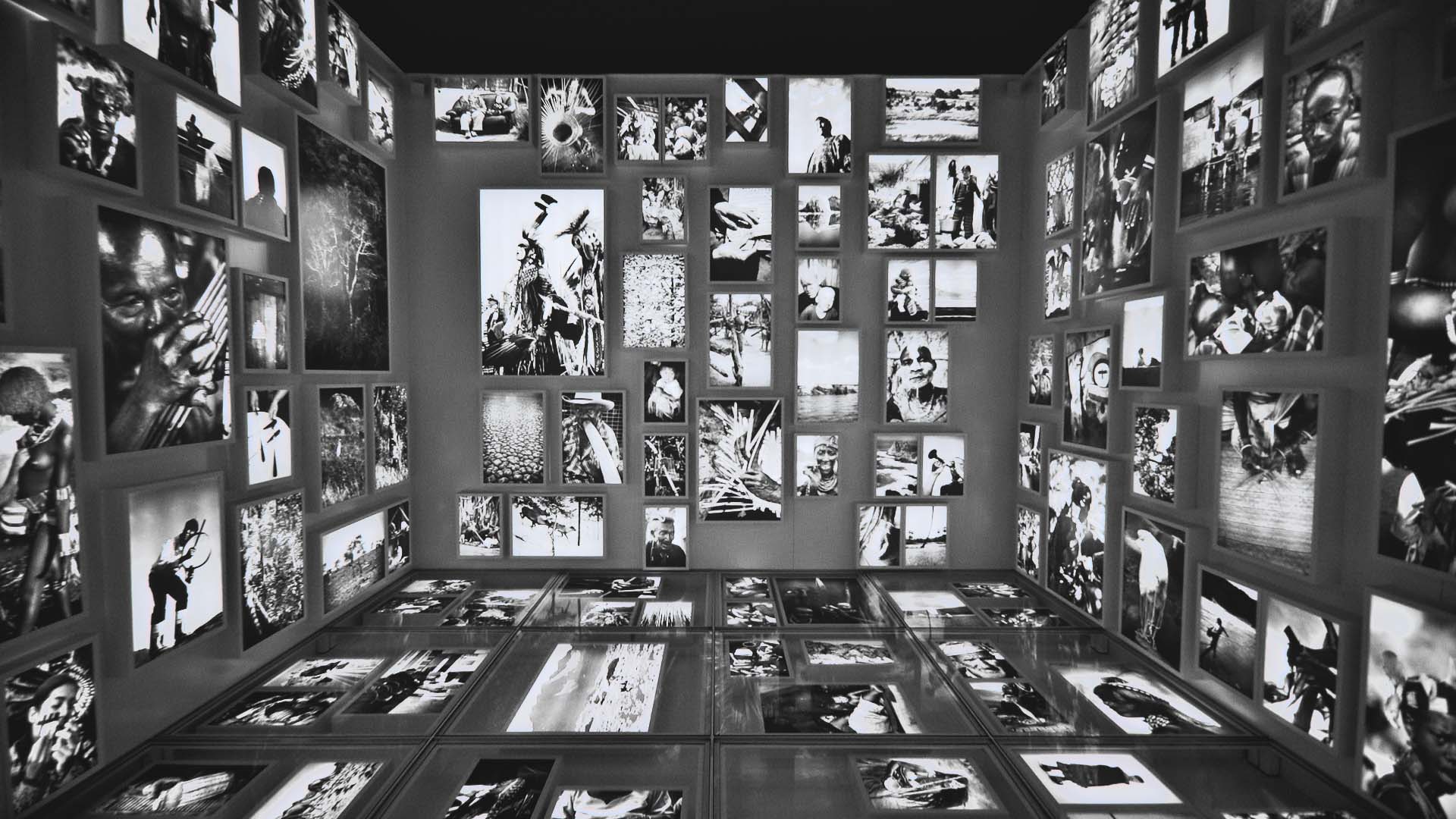
One essential part of the collection is Aboriginal art. Why are you particularly attracted to this genre?
Aboriginal people have an inspiring culture, for which I have an enormous respect. They place great importance in the generational transmission of knowledge. Moreover, they worship the land and are cognizant that everything, from the infinitely small to the infinitely large, is inhabited, linked, and interconnected. This state of reconnection with nature is what can be found throughout my whole collection.
This summer, I will loan more than 30 contemporary works to Fondation Opale in Switzerland for their annual exhibition called “Resonances” which brings together the universal works of the Dragonfly Collection and the collection of my sister, Bérengère Primat, who has put together a widely respected Aboriginal art collection. You will see Sol Lewitt and Ugo Rondinone on display next to Clifford Possum Tjapaljarri and Emily Kame Kngwarreye. The artworks echo one another.
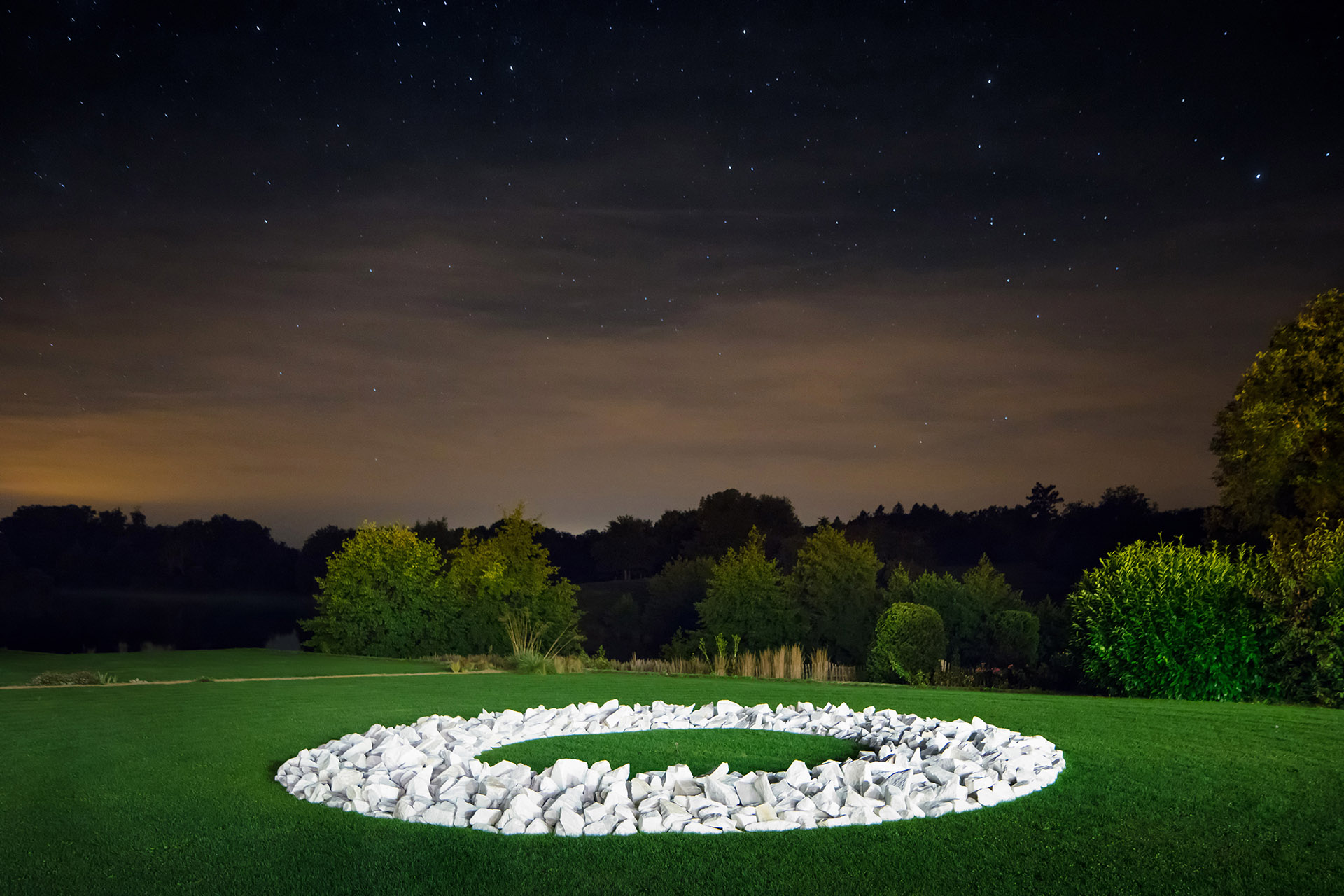
How do the artworks in the collection echo the philosophy behind the whole Domain? Can you give some examples?
As previously stated, the philosophy behind the Domaine des Étangs and the Dragonfly Collection is the same: to reconnect to nature, our own nature. My philosophy and everything I create can be symbolized by the dragonfly, which is constantly moving between sky and earth, reminding us that the entire Universe originated from the elements: water, earth, fire, air, and ether. Appearing on earth some 350 million years ago, this eternal dragonfly illustrates the ability to adapt to the pressure of the environment and symbolises equilibrium, harmony, and transmission. The dragonfly reminds us that nature is cyclical, and balance forms a circle. “Ring of White Marble” by Richard Long (1993) illustrates this very wisdom.“From earth, everywhere” by Herman de Vries, produced for the 56th Venice Biennale, represents an extremely beautiful color chart displaying samples of all kinds of earth. The secret lies in the fact that there isn’t one earth, but a multitude of them. We are all united, yet unique. I also like to commission works from artists who share the same values. This year, for example, we work with Wang Keping, who will realise a sculpture made from a tree from the Domaine’s forest.
Behind every acquisition, there is a profound desire to protect and pay tribute to nature. Every artist does it in its own way but participates to this beautiful mission.
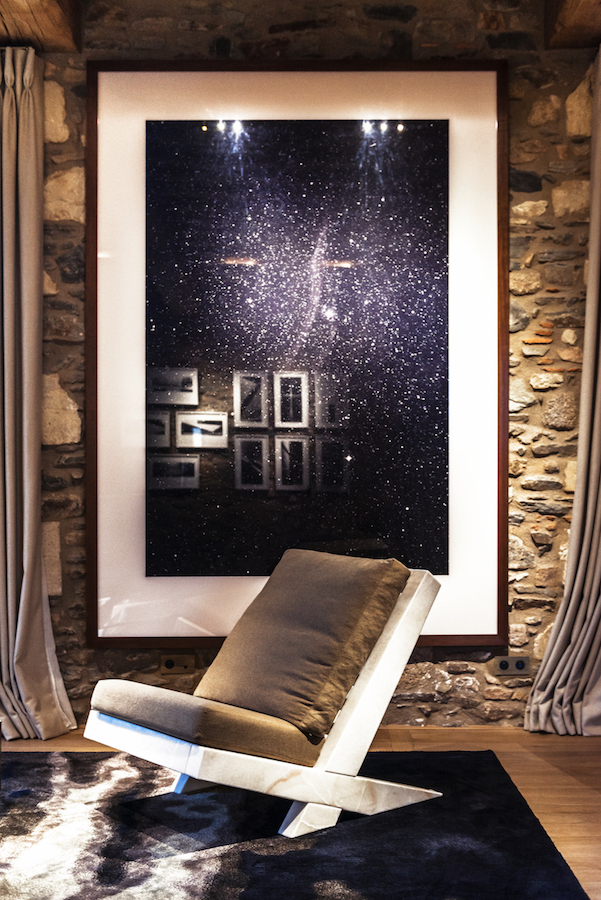
The programming and facilities
How much do you involve in the programming as well as the curating of exhibitions in the museum?
For La Laiterie, I always collaborate with independent curators who work within the themes of the Collection. It is interesting to see how its messages and statements are interpreted by different people. The exhibitions are borne from an encounter with an artist, a curator or an institution. It is a very enriching process where we can share our vision, values, and philosophy.
We have accomplished thematic exhibitions and solo shows; and this year we will present an exhibition of work by Yves Klein. I leave room for exchange, spontaneity and instinct, and we can imagine everything as long as it conveys the right message and is done in a way that is respectful of our environment.
How is the relationship between you and the curators of the museum?
As mentioned before, we base our relationship on trust, and we like to work hand in hand towards a mutual goal.
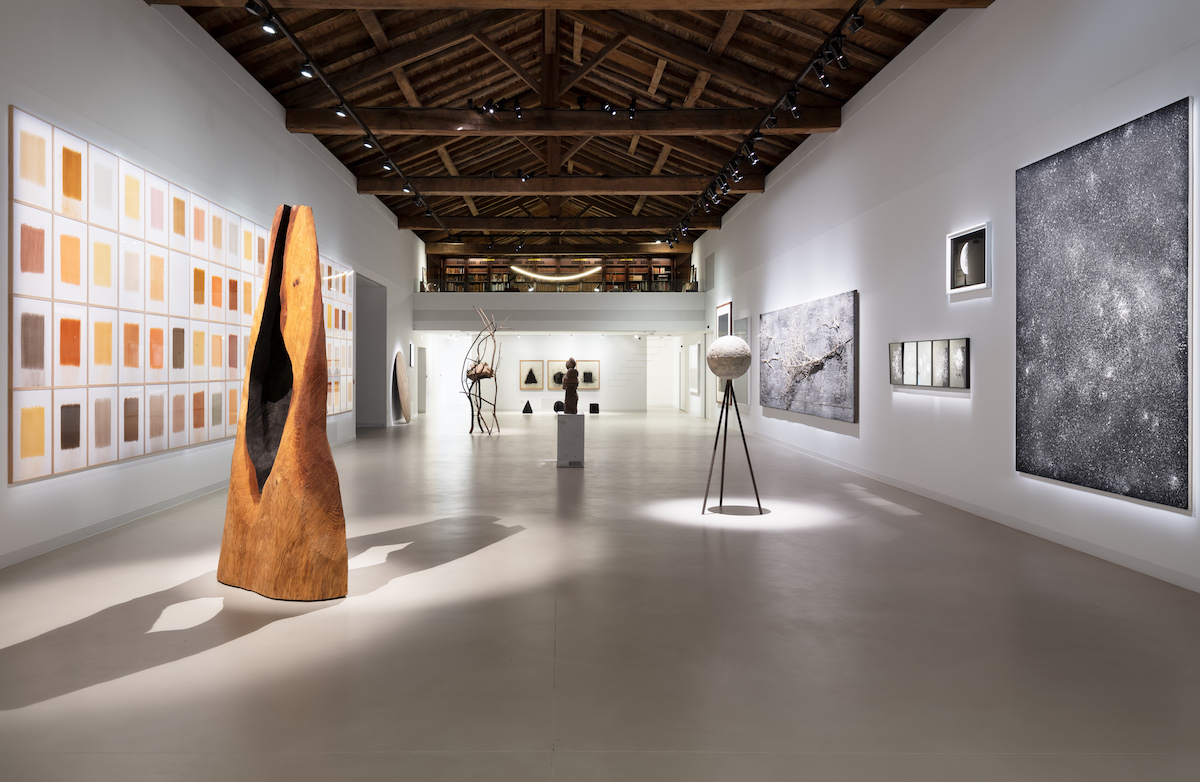
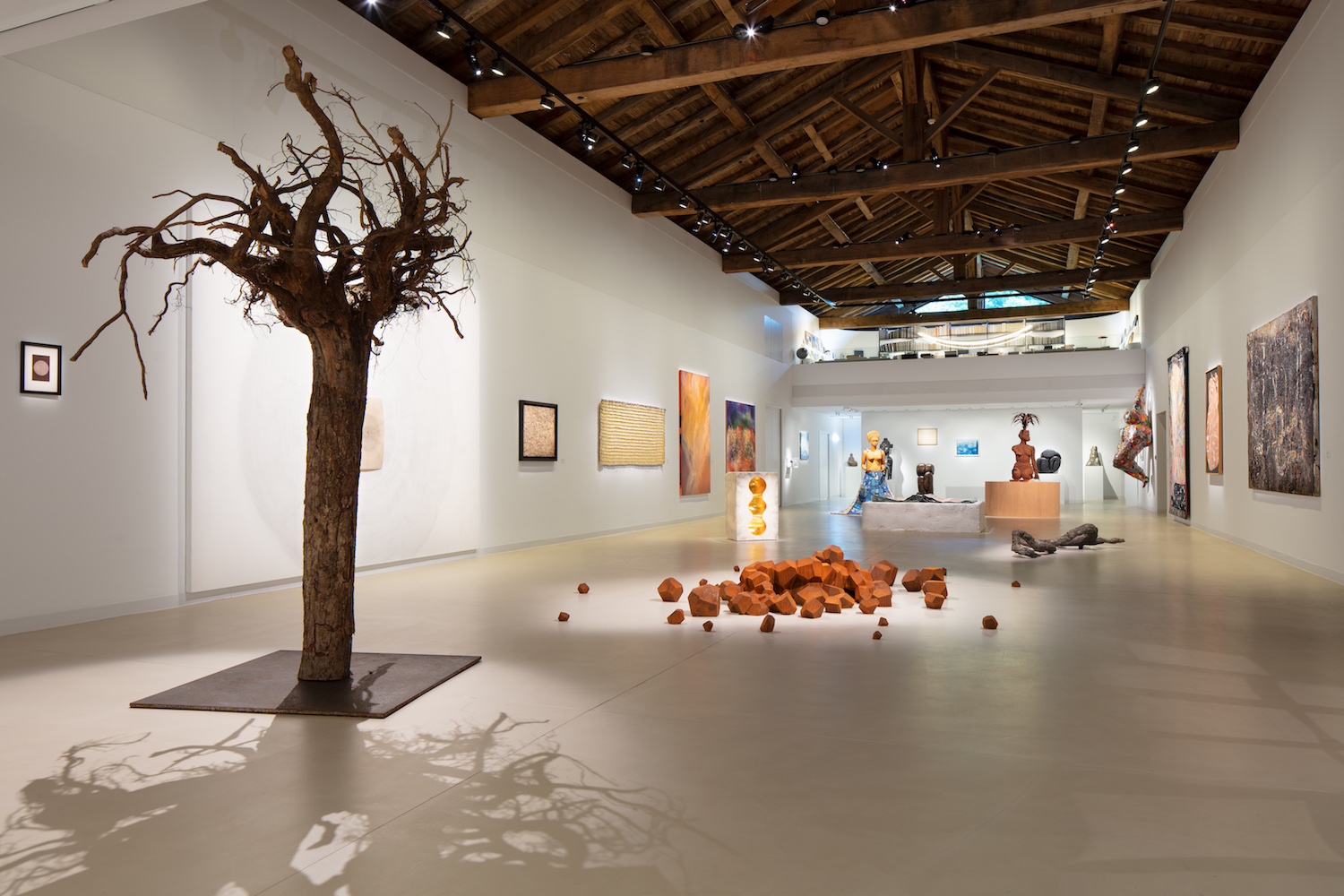
What are the special upcoming programs in 2020 that we definitely should not miss out?
We will open a new exhibition “Yves Klein. Les éléments et les couleurs » on 25th June. For Yves Klein, nature was an infinite source of inspiration, and he used the natural elements in his art to express creative forces. The Laiterie and the Domaine are driven by the same desires as Yves Klein—open up to the beauty that surrounds us and is omnipresent in the air, matter, and the Universe. There is another very important message in his art—nature is the source of every human creation and has to be the end of all intellectual and material achievement. The visit is unique and special because nature encompasses the whole experience.
In addition to Wang Keping’s sculpture, we will also install “Relatum – The Shadows of the Stars” by Lee Ufan. Moreover, Tomas Saraceno honoured us by realising an artwork for the Domaine from his series exhibited at Versailles. Installed above one of the ponds, he created a unique piece called “Cloud Cities: Du sol au soleil”, linking the earth and the sky. I am supporting the artist, his work and vision as his practice perfectly echoes the Domaine’s philosophy.
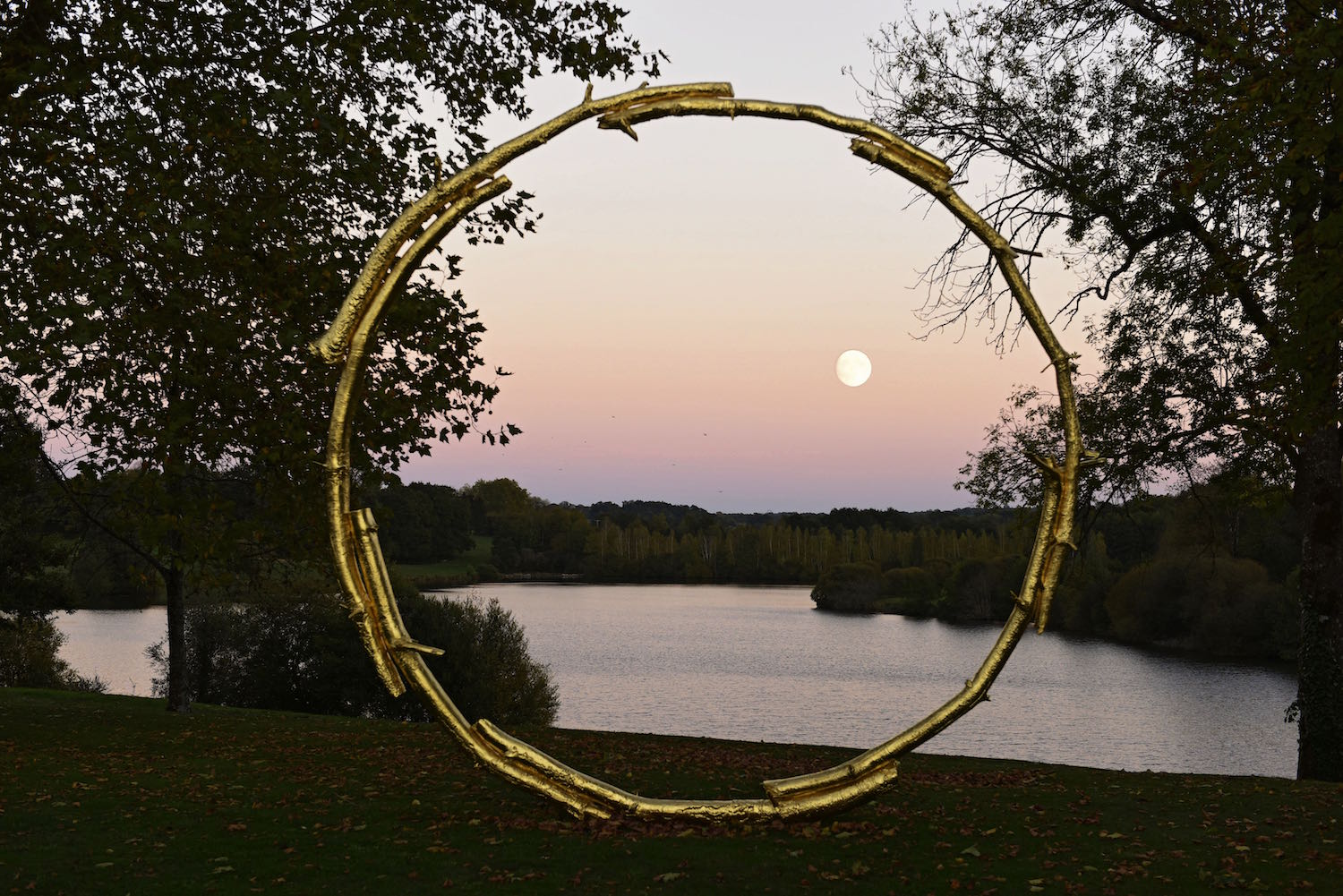
How to read the book of nature
Visitor’s experience at the Domaine is also enriched by other facilities, including the spa, restaurant, and libraries. Can you explain more on how they are all linked?
At the Domaine, everything is planned for the visitor to disconnect in order to reconnect with their personal ‘nature’. Nature is the source and end of everything. In that sense everything comes from the earth and returns to it in the eternal cycle of life.
The Domaine is a sanctuary for well-being. The visitor can enjoy a treatment and a blissful moment in our spa which is located in the old watermill, a good meal at the restaurant, a stroll in the forest, a boat tour on a pond or an inspiring read in the library. At the Domaine, we care for you and we take care of you.
There is even its own agriculture at the Domaine. What’s the motivation behind?
Respecting our environment also means producing and consuming locally. We grow our own plants and vegetables in our gardens. We also have the will to encourage and protect local and eco-friendly agricultural practices. In the same logic, we also like to collaborate with local craftsmen and suppliers.
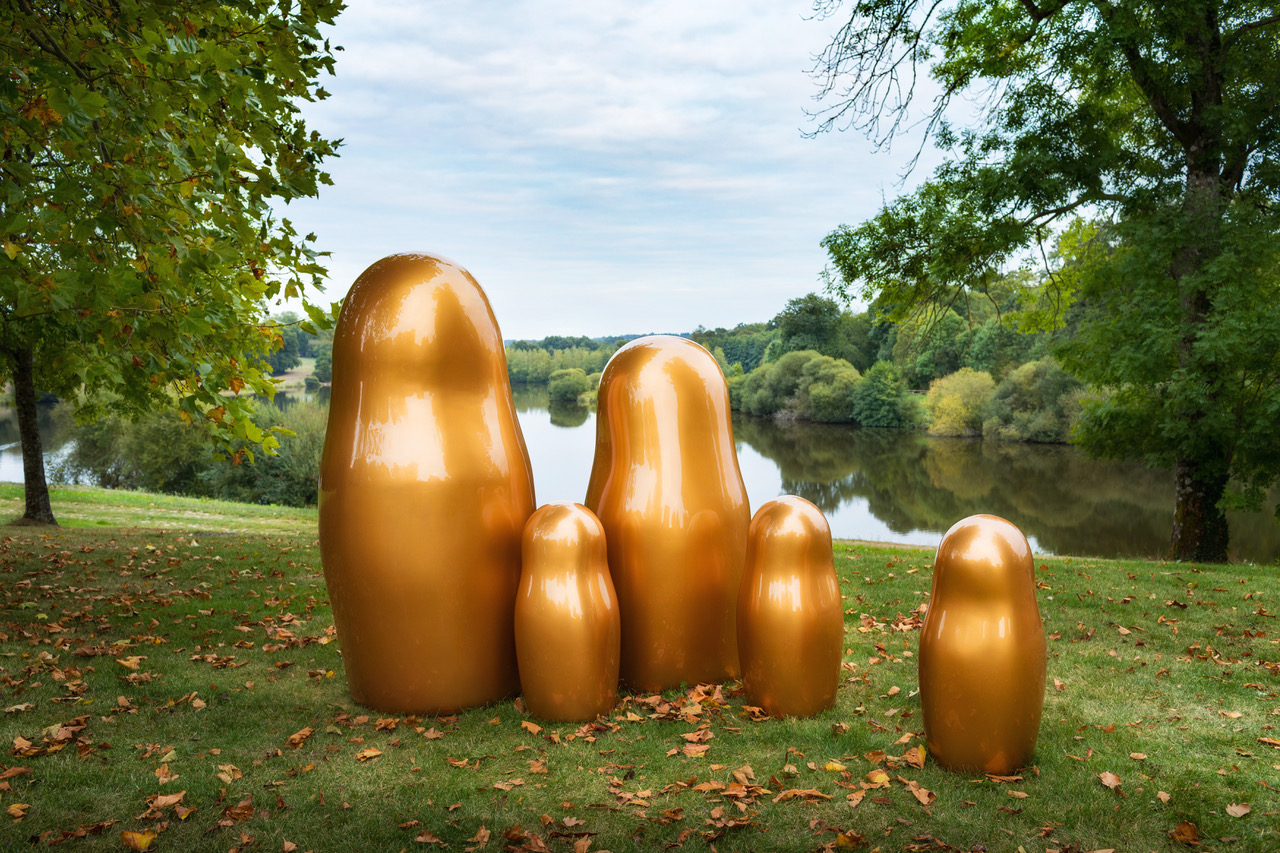
Photo: Arthur Péquin. Courtesy of Domaine des Étangs.
What was your happiest moment related to the art at the Domaine?
What I cherish the most are the unique relationships I have forged with artists. Exchange, transmission and sharing are the most beautiful gifts.
An example of this is the occasion when Anne de Vandière created a very intimate version of her exhibition “Tribus du Monde” in La Laiterie before its official opening. Honouring tribes she met all around the world, she presented an essential work of transmission. She also surprised me with a picture of a woman in India wearing a dragonfly necklace made of the napkin rings from the Domaine. The symbol transcends boarders. It’s sincerely moving me to see the connections created through art and nature all around the world.
Irina Rasquinet installing her artwork “Mère Veilleuse” at the Domaine is another happy memory. Together, we have unwrapped and positioned the pieces next to the pond, creating a memorable friendship moment. Her ode to the universal Mother is a set of five gold sculptures, whose pure forms evoke both Russian matrioshkas and Japanese kokeshis. She also personally honoured me by matching the first sculpture to my exact height.
What are your visions for the museum in the next five and ten years respectively?
We aim to surprise and awake the visitor’s curiosity with innovative and engaging exhibitions at La Laiterie. We will also develop the sculpture park in order to encourage people to discover the artworks on display within the 1,000 hectares of land. Moreover, we will continue to develop our offering of cultural mediations in order to become an important artistic institution for the region and well beyond. I would also love to share pieces of the Dragonfly Collection with more institutions.
More generally, I hope the museum will have a positive impact on society and will engage a broader reflection on our relationship to art and culture. We need to change how we live, and it also applies to the art market. In the next few years, I want to work more and more directly with artists, giving them the time and space to produce in a sustainable way.
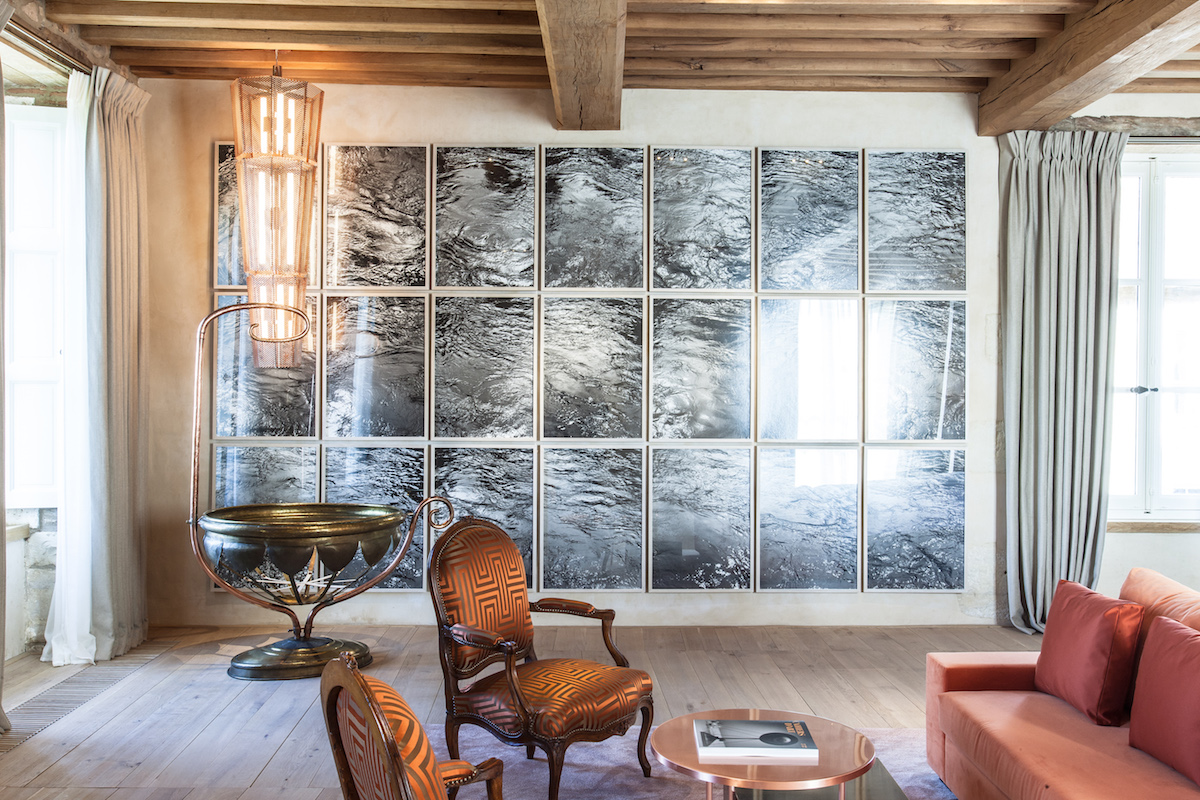
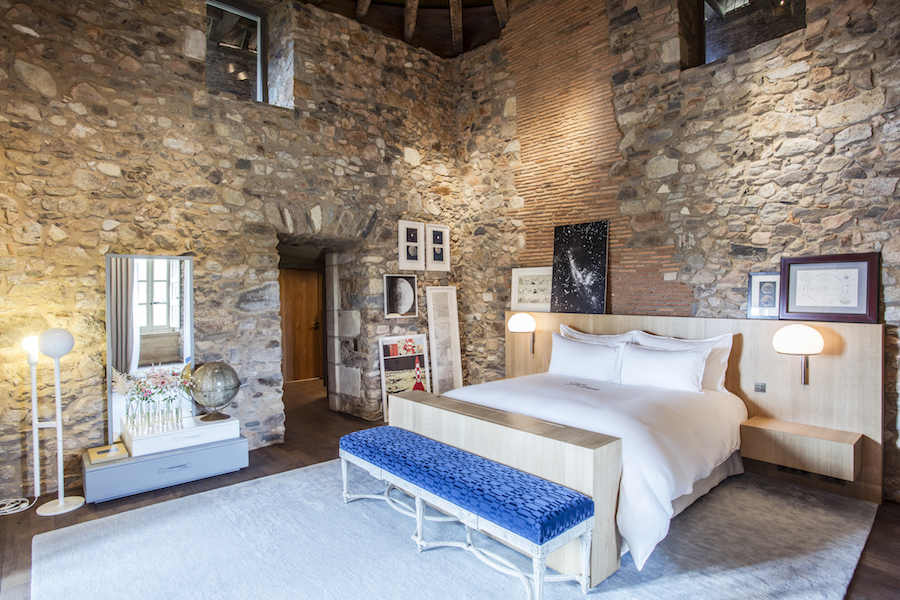
Based on your belief and philosophy about art, life, and nature, how do you perceive this time of global health crisis?
We are currently experiencing difficult times, but through the process I believe we can learn. Change comes from within. We need to pause and rethink our relationship with the planet,and reevaluate what is truly essential in life. More than ever, we need to open our eyes, hearts, and souls, and learn how to read the book of nature. I believe we can reinvent new models, inspired by nature.
How do you think the art community worldwide can do more to promote a harmonious relationship between human being and the nature?
Artists are at the heart of the creation. The art community can unite and join forces to support initiatives that shape the future.
Related: Domaine des Étangs
By Ricko Leung





